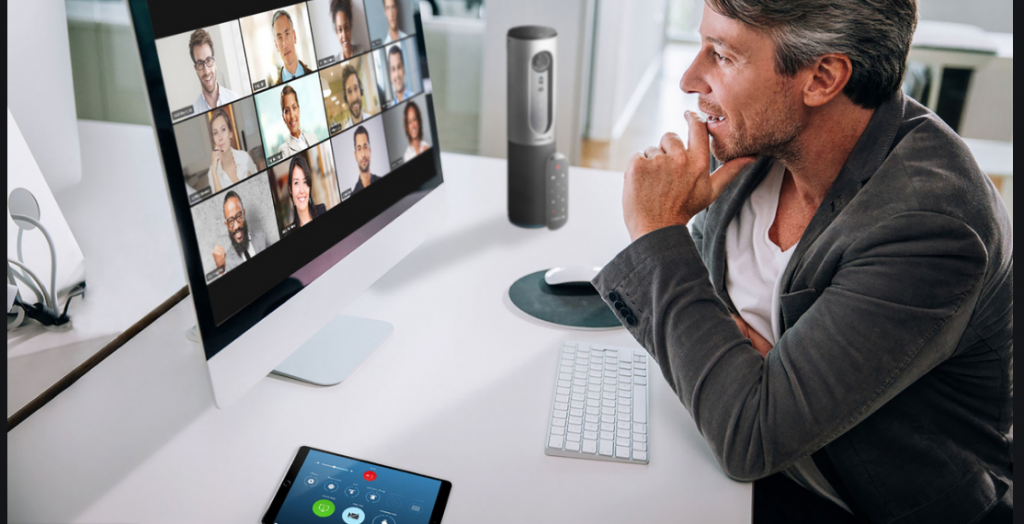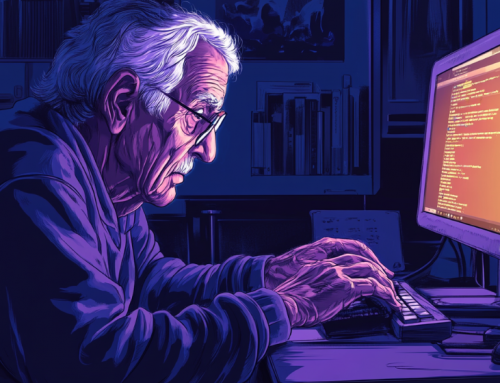
Headroom will “supercharge” working from home with videoconferencing add-ons, like transcripts.
Headroom Raises $5M for Platform with Array of New Benefits
The innovative start-up Headroom, featured on techcrunch.com, offers so many new bells and whistles, it’s likely to become as popular as Zoom is the days of pandemic restrictions and working from home.
Headroom not only hosts videoconferences, but also provides transcripts, summaries with highlights, gesture recognition and optimized video quality. It raised a seed round of $5 million to launch its freemium service into the world. You can sign up for the waitlist to pilot it and get other updates here.
Using numerous AI tools, such as computer vision and natural language processing, Headroom’s goal is to eliminate WiFi interruptions.
The two main forces behind Headroom are long time standouts in AI development. Julian Green—a British transplant—was most recently at Google, where he ran the company’s computer vision products, including the Cloud Vision API. He came to Google when it acquired his previous startup Jetpac, which used deep learning and other AI tools to analyze photos to make travel recommendations. He also was a co-founder of Houzz, another kind of platform that hinges on visual interactivity.
Russian-born Andrew Rabinovich spent the last five years at Magic Leap, where he was the head of AI. He, too, previously worked at Google as a software engineer specializing in computer vision and machine learning.
You might think that leaving their jobs to build an improved video conferencing service was an opportunistic move, given the radical increase of use this year because of COVID-19. Green said they developed the idea and started building it at the end of 2019.
Green said the duo decided to build their own company because it was more efficient than working with a major company like Google. They also wanted to build it from the ground up, instead of making it work with a legacy platform.
“I enjoy moving at startup speed,” Green told TechCrunch.
The first version of Headroom will automatically transcribe whole conversations, with the ability to use the video replay to edit the transcript if something has gone awry. It will also offer a summary of the key points made and identify gestures to help shift the conversation.
It will be like have a stenographer, an editor and a jury-watching consultant in one program.
The author of the techcrunch.com article, Ingrid Lunden, explains in detail how Headroom is supercharging video meetings with the little extras that make conferencing more useful and “bearable” for homebound workers. But it’s not all good news for the home worker—the gesture recognition can tell the boss which employee looks bored or appears to be not paying attention to the meeting.
read more at techcrunch.com







Leave A Comment